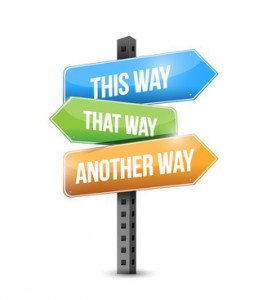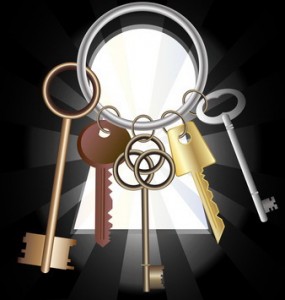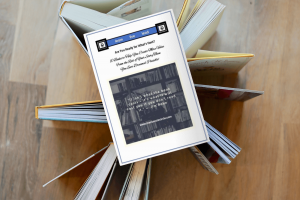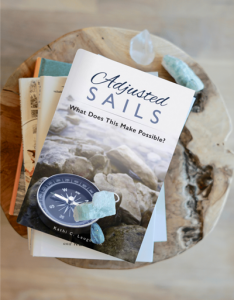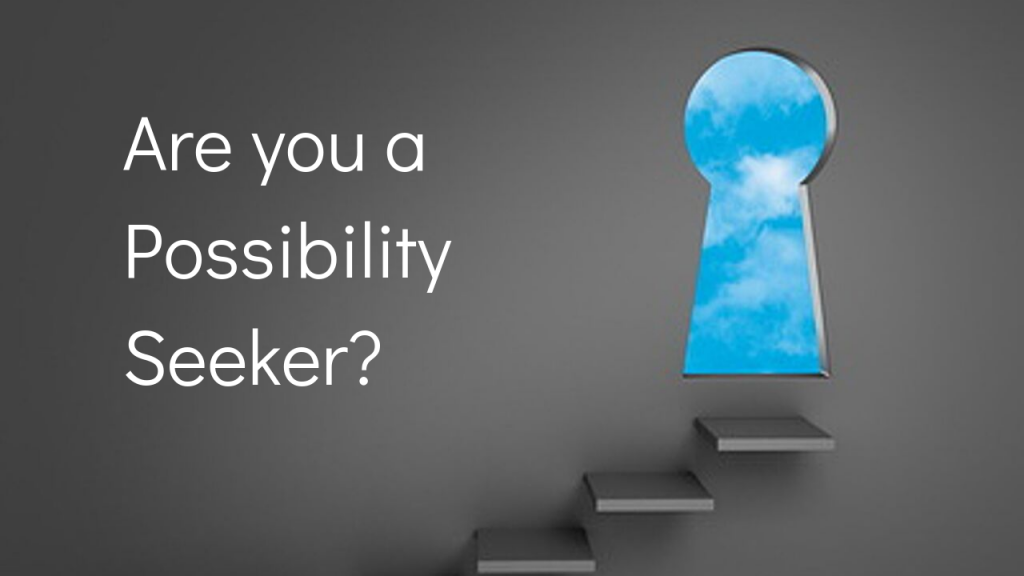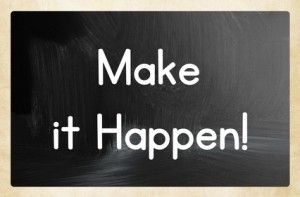 What’s in a word? Sometimes quite a bit. Words are powerful. They can be tools that build or weapons that destroy.
What’s in a word? Sometimes quite a bit. Words are powerful. They can be tools that build or weapons that destroy.
Did you know that the word abracadabra used by magicians has its origins in a phrase that means: “I create as I speak”?
We can use words to create our best life and experiences. We can speak and make it happen.
Here are some words that can help us create as we speak:
“Begin with the end in mind.” That’s your strategy.
“Live today like you want tomorrow to be.” That’s your success formula.
These two series of words allow us to experience a fulfilled life that enriches us and many generations to follow. Our signature “abracadabra”.
Another foundational practice with words is selecting a guidance or focus word each year for the coming twelve months. This is not just a random word. Its selection is very deliberate. It could be in response to the previous year or it might be in preparation for the coming year. Perhaps even a combination of the two.
For example, the year that my guidance word was gratitude I was going through a health challenge. My decision to focus on gratitude was significant. Being thankful and seeing life through the lens of grace can and does change your perspective about everything!
Why does it work? Because it goes beyond the word as it “speaks” and changes our mindset. We are choosing a mindset represented by a word. That mindset creates our reality by controlling our perception. When I approach life everyday from the perspective of gratitude, I see everything I have for which I’m grateful. Wayne Dyer expresses it in these words: “When you change the way you look at things, the things you look at change.”
Imagine that you have always operated within what you thought were reasonable limits. Now imagine that believe is the guidance word you adopt. The mindset you accept is to believe in yourself wholly and without reservation. The result is going to be astonishing. I have witnessed this first hand with great joy for one particular friend in 2014.
With each passing year, as the dimension of my life continues to deepen I find that my expectations grow higher in this practice. As I am reflecting on this past year and looking forward to 2015, there are three words that continue to float to the surface: Focus, Finish, First. The personal meaning for each of them is clear to me. So clear in fact that for 2015, I may adopt three guidance words vs. one. It may be a first!
What about you? Is this a practice you employ? If not, consider adding this to your personal leadership quest for 2015. If a year seems overwhelming, try choosing something for 30 days and then just continue.
Don’t worry if more than one word comes to mind. Write them down. Put them on 3 x 5 cards or sticky notes. Keep them in front of you every day for awhile. See which ones continue to really resonate. Then begin to ask yourself how your life will change if you make that guidance word your chosen mindset. Is that the growth you seek? Is that the legacy you want to live? If so, you’ll come to a place of peace for that decision.
Don’t be alarmed if a surprise word comes into the picture. The word FIRST was a surprise to me. But it’s perhaps the most important of the three I’m living with for now. Because FIRST for me is about leaving my comfort zone. It’s about giving me permission to explore and try new things in my life. Rather exciting when you think about it!
So what’s in a word? Whatever you choose for it to be. Choose wisely! And then get ready for magic!
Begin with the end in mind. Then choose today what you want tomorrow to be. Then live that.
Live well.







